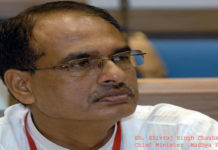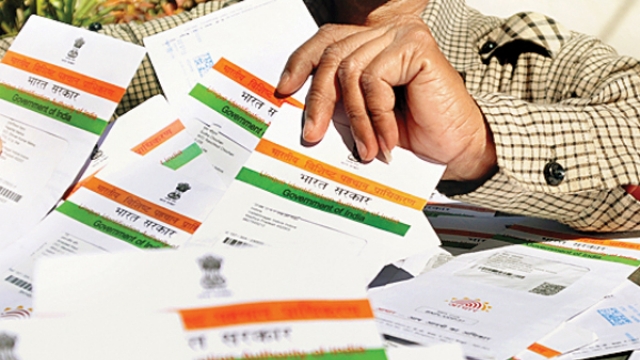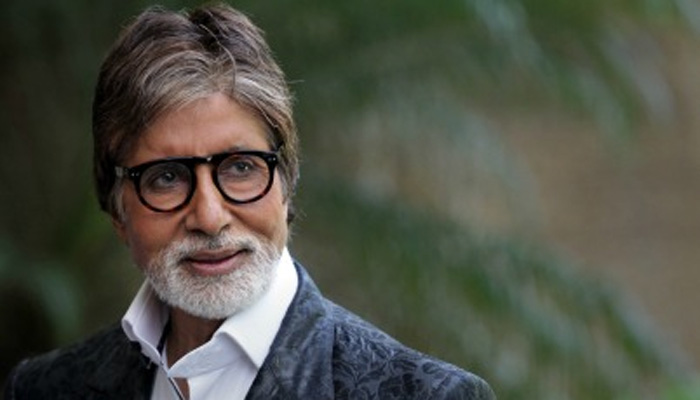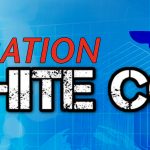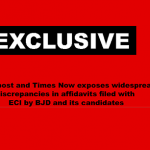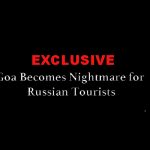One of the biggest festivals in India has already begun in West Bengal. Durga puja, is celebrated by millions of Bengali’s whether they are in India or overseas.
The story begins when Mahishasura, an Asura, wanted to wage war against the arch-enemies of Asuras, the Devas; to become invincible; he performed a tapasya to Brahma and requested that he be granted immortality. Brahma refused him the boon of immortality and instead gave him a boon such that his death will happen only at the hands of a woman.
Mahishasura now considered himself to be immortal as he felt that it was impossible for a woman to slay a person of his strength. Thus with this belief, Mahishasura started a war with the Devas and a battle took place. The Devas led by King Indra were defeated. The Devas requested the trinity of Shiva, Brahma and Vishnu for help; subsequently they combined their divine energies and created a woman. The Goddess thus created was Durga and she eventually led a battle against Mahishasura and killed him, thus fulfilling the prophecy that he would meet his death at the hands of a woman.
The last day of Pitri Paksha, Mahalaya marks the beginning of Durga Puja for Bengalis. Four days from Mahalaya begins the grand event o Durga Puja. Although, keeping up with the modern times a lot of aspects of Durga puja have changed over the years but there are certain rituals that are associated with Mahalaya for many, listening to Mahisasuramardini, a nostalgia trip marking the start of Durga Puja that brings together songs about Durga and passages from Chandipath. Written by Bani Kumar, composed by Pankaj Mullick and recited by Birendra Krishna Bhadra, Mahisasuramardini was first performed and broadcasted from Kolkata’s All India Radio (AIR, also known as Akashvani) in 1936. Not a Mahalaya has passed since when at 4am, Mahisasuramardini has not been aired and Bengali’s taking this as their cue and getting ready to bring Ma Durga to their houses and begin the celebrations.
Ratrish, a brave transgender woman from Kolkata decided to perform Mahisashur Mardini , a first from the LGBT community and, perhaps, something that will become a milestone in the gender struggle for years to come.
We had a word with Ratrish, trying to understand the person, the artist and more importantly her struggle as a member of the LGBT community
Why Mahishashur Mardini?
“Mahisasur mardini is a matter of nostalgia for all Bengalis. I cry on this day every year, it has a magic, which brings tears of happiness, pride, power, positivity. Right now, when the government has forsaken us and we still face stigma at every corner, I think this comes as a source of empowerment and, perhaps, as a way of integrating the LGBT rights that we truly deserve via this attempt. This is the first time in history of Durga Puja, a woman from the transgender community will perform Mahisasur Mardini and it is a proud moment for me.”
How was your childhood?
“From when I was a toddler my mom used to dress me up as a girl and I enjoyed that always and eventually I started wearing female clothes, when I dressed up myself but that was behind the closed doors. When I joined school, I was tagged as “half ladies”. Gradually I started to realise that I am different from other guys or girls. As I grew up, the discrimination became more acute. I used stay back at my home, I never had much friends and was hugely depressed about the fact that I like to be a girl, to be treated as one and people would only tease me, taunt me on the fact that I was so different and give suggestions on how I can change it etc. Then I ceased talking about my situation in public as I knew that if I talk or react on something, they will get to know the actual me and will start laughing at me again. Thus I started pretending, wearing all boy-ish dresses, practice how to walk and converse like a boy. I was not much successful though in my attempt to veil my sexuality.”
How did coming to a big city change you?
“In the year of 2008, I came to kolkata and started college, in the mean time I trained in vocal classical music and even won several local competition. I completed graduation in 2011, when I was in 10th, I got to know about homosexuality from one of my private tutors, and I used to believe that I was one then. After my graduation, I joined a call centre job, and slowly started coming out to people, to my cousins, then my parents then one by one to everyone I knew.”
What are your thoughts about the journey of transition?
“ In 2013 Dec when the last verdict on Sec 377came, I joined a rally against that and made friends, who faced the same stigma as I have and are still facing it every day. But having friends made me bold and also made me realise my true sexuality and thus my identity. I started with my transition, started educating people about my identity; I made my hairs long, and started laser therapy to remove my beard permanently. I dressed myself as a woman that I saw myself to be. It’s always an adventurous journey to be different, unique and one amongst millions, though I have a long way to go, but nowadays it makes me feel proud and happy that people love, adore, respect and accept me the way I am. There are people, who know me personally, but in public, I sometimes do get harassed mentally and physically and I don’t have a single person to stand beside me, I don’t have security as a person”
Any message for our audience?
“We are not the people who always ask for money in traffic signals, or dance and earn on joyous occasions, making people laugh and living life in this way. We have to resort to this to survive as the society is still reluctant to accept as in their daily lives. It is fortunate that my family was supportive; else I would have probably become suicidal or would have left home to become a professional hijra. I hope my attempt brings a little change social mindset and helps breaking the stereotypes that people have.”




